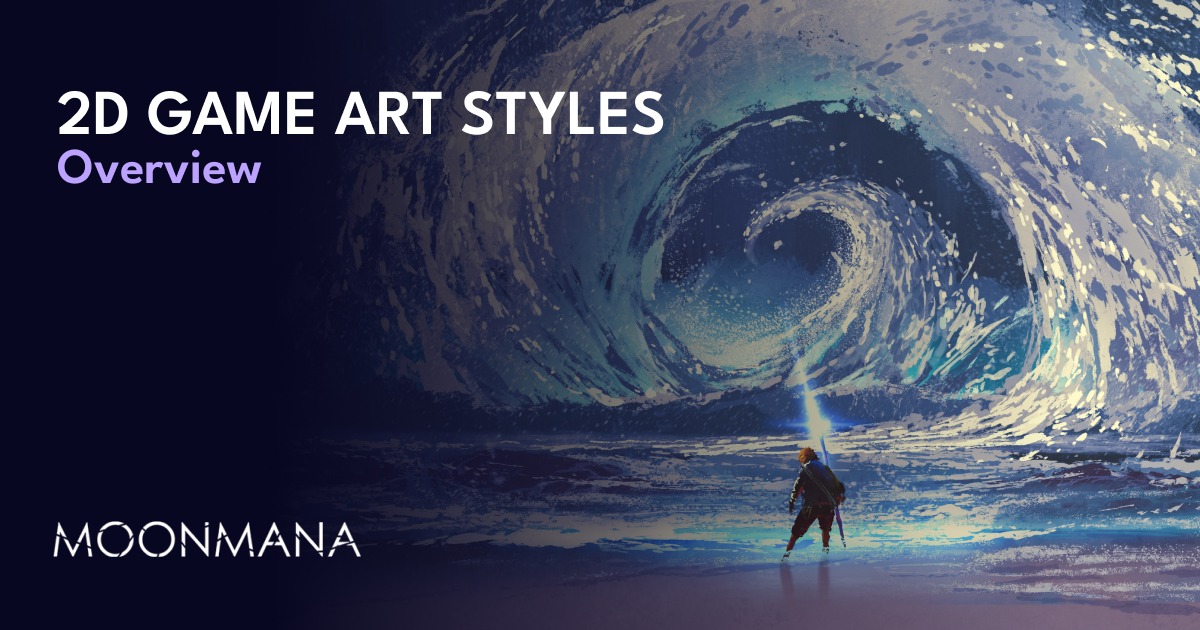
2D Game Art Styles Overview
Today we’ll try to figure out the main peculiarities, styles, and differences of 2D art in game development.
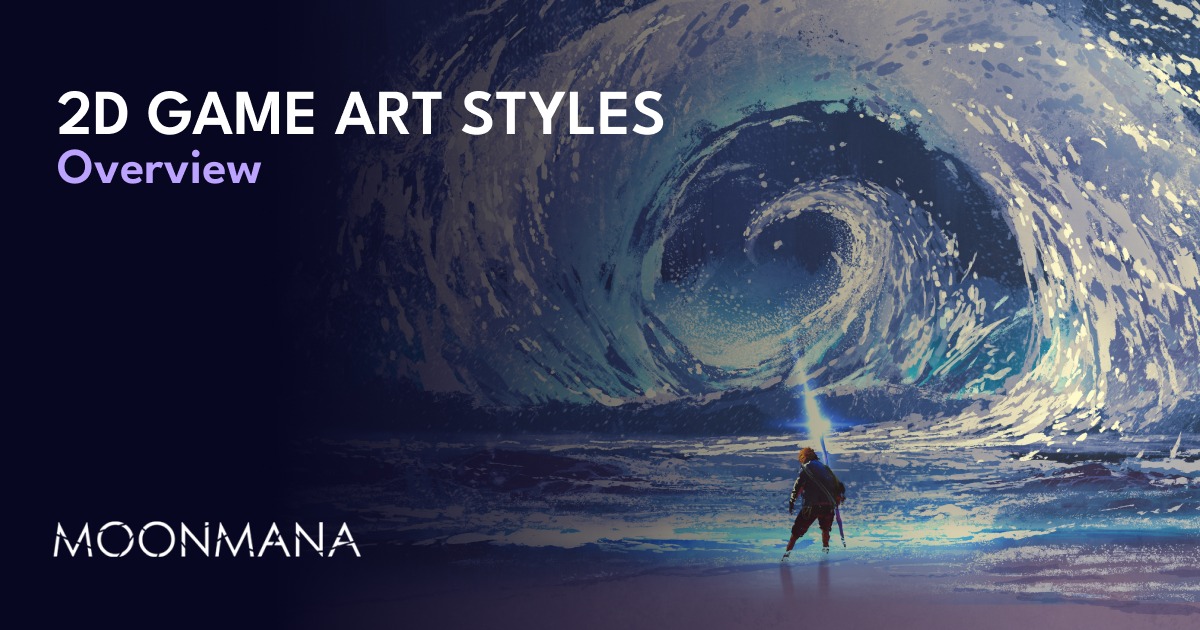
Even though some players consider 3D game art superior to 2D game art and believe that the latter is not so popular, we are sure of the opposite. Moreover, rapid tech advancements have given 2D video game art styles a chance to make a great comeback. Actually, 2D game art is not just alive but blooming in the game development industry. We’ve analyzed the current 2D game art styles and are ready to share the insights with you. Let’s figure out what makes 2D art special.
What is 2D Art?
As you may guess from the name, 2D animation relates to 2-dimensional game art based on flat shapes and objects. A 2D artist works with width and height only. In simple terms, 2D images are completely flat and comprise sides and corners. Still, an artist can bring in a bit more uniqueness with colorfulness, line saturation, and a good deal of creativity.
The Origins Of The 2D Game Art
Art has always been associated with entertainment. And when PC and video games broke into our lives, this allowed art to flourish and expand in new exciting directions. We were living in the bits era until 2D art finally deployed distinct visuals making each one unique, and as technology kept on advancing, so did 2D animation.
Today millions of players all over the world enjoy 2D games with startling and breathtaking game art styles.
Main 2D Game Art Styles
The first video games had simple graphics and a poor level of detail due to the limited capabilities of that era’s software and hardware. However, as technology was advancing, game artists could bring in more creativity and proficiency. This resulted in expanding the range of 2D art styles.
When it comes to developing a 2D mobile game, you have a lot of options to choose from. You may doubt what 2D art style will be perfect for your game, as each one offers a different look and feel. Take a closer look at the list of some main 2-dimensional game art styles we’ve compiled. Learn about their characteristic features so it will be easier to make the right decision.
Pixel Art
Let’s start with one of the most popular 2D art styles – pixel art. To make it clear, pixels are squares that combine to form a character, object, etc. Often it takes to combine thousands of pixels to make up a single object.
Even though most players associate pixel art with good old games like Super Mario, it’s necessary to point out that this 2D art style remains incredibly popular and widely applied today. People love that nostalgic vibe games with pixel art offer. Game developers, in turn, appreciate the simplicity of pixel art and continue to please gamers with new releases that still incorporate pixel art style.
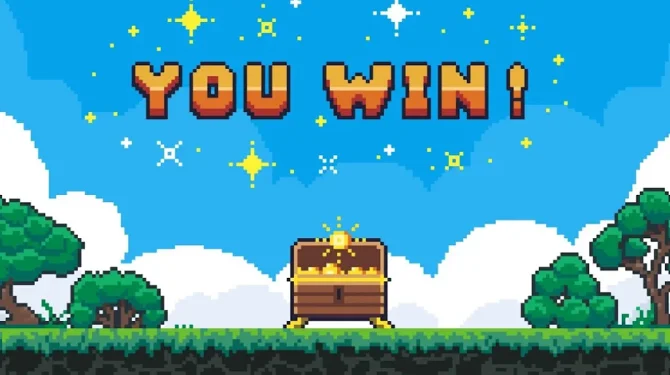
Vector Art
This is the next major 2D art style. In contrast to pixel art, vector art doesn’t split pictures into pixels but relies on mathematical algorithms and stores the data in lines, dots, and curves. Vector art game assets can be endlessly shrunk or enlarged without making the image pixelated. One more benefit of 2D vector art is a smaller file size as compared to other styles and higher quality when enlarging or zooming out on images.
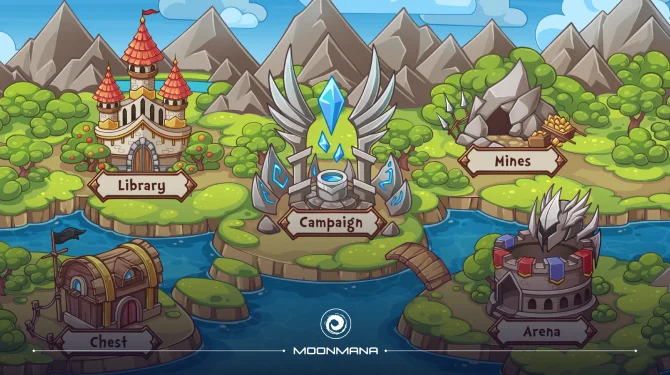
Cutout Art
Do you know what cutout art is? You can make guesses from its name. This style imitates pictures cut out from paper. Cutout pictures can be either unchanging or immediately replaced by another cutout thus simulating a state change.

Cel Shading Art
Cel shading is a relatively new 2D game art style impacting the game development industry to a certain extent. The characteristic feature of this style is making 3D models and objects look 2D, flat and paper-like, so they maintain a high level of detail but lose their volume.
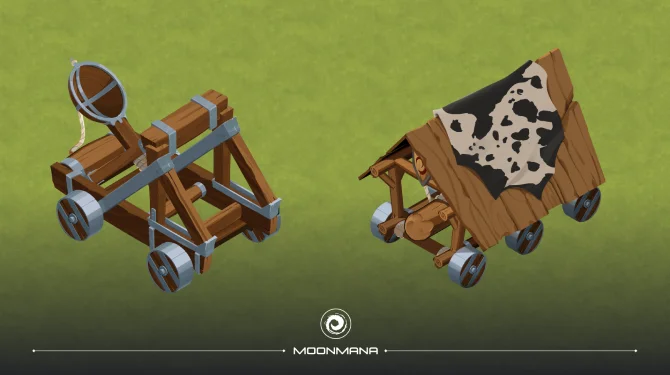
Monochromatic Art
Monochromatic art style implies using a limited color palette. The palette is usually limited to black, white, and grey colors only, while still providing the use of a variety of shades and tints to distinguish between objects, settings, and parts of an image.
Some people love it and some people do not. However, monochromatic art is perfect for dark and mysterious video games.
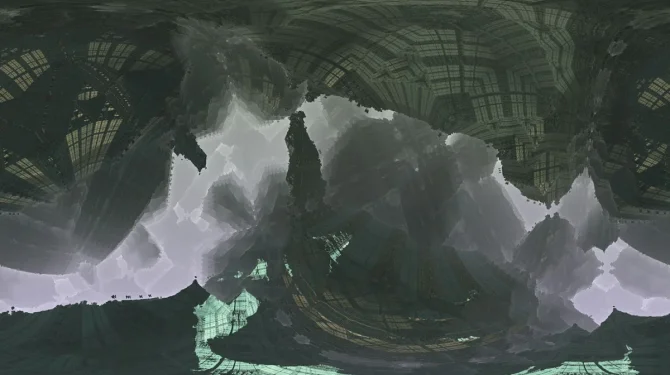
Geometric Art
Geometric art is all about using shapes in the form of circles, lines, and squares. Similar to minimalist art, this 2d game art style is mostly applied in the development of mobile and education games due to its design and gameplay simplicity. In games with geometric art, players control one of the figures to play the game.
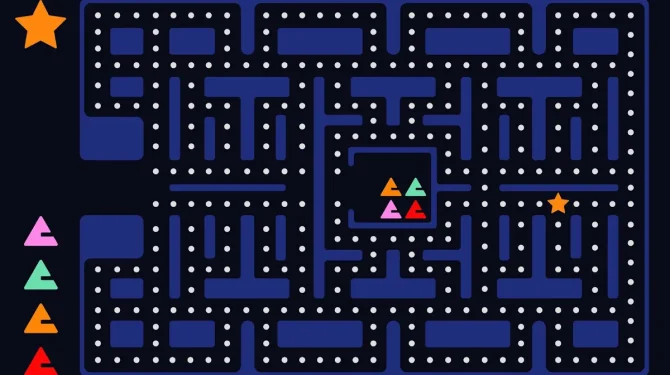
Flat art
What’s special about flat art? This 2D style is not as simple as geometric art. It involves images overlapping others to create a game environment. In flat art based games objects, characters, and settings are presented without depth and volume thus lacking realism. On the other hand, images in such games are rich in colors.
Needless to say that artists working with flat art have enough room for creativity as they don’t follow the laws of physics or realism. Flat designs and models tend to possess unique looks without any common characteristics.

Doodle Art
This type of art is defined as a free-hand art style. To doodle means to draw while your attention is focused on something else. That is why doodle art is abstract and strange to a certain extent. In doodle games, you can see wobbly lines and uneven body parts, and many unrelated characters appearing together in the available space. When it comes to game art, doodle art is mostly hand-drawn before being imported as digital assets.
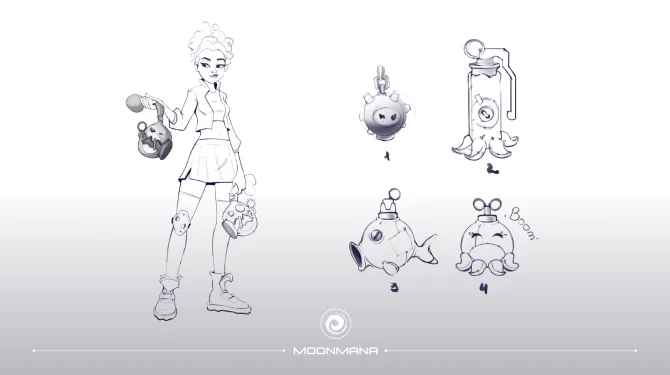
2D Game Art Creating Specifics
Creating digital assets is a crucial stage of the entire 2D mobile game development process. The most important thing you need to have is a unique and promising idea. Then you can get started with 2D game development using the tools and methods necessary to reach your objective.
You can find inspiration in the notebook drawing style, but when it comes to developing 2D game animation, you need to be ready to spend a lot of time working with a computer or tablet. At this point, you may wonder what kind of software you should use to create stunning 2D game art. We recommend opting for the top-notch 2D game animation software to provide exciting and high-quality visuals. We’ve made a list of several popular 2D assets developing tools you can use:
- Adobe Photoshop
- Adobe illustrator
- SAI
- Clip studio paint
- Procreate
Some of these tools may be difficult to operate and require sufficient knowledge and experience. Naturally, you can try doing it yourself as long as you are ready to spend a good deal of time figuring out all the functions and specifics. Alternatively, you can hire experienced 2D art styles developers to implement your idea more quickly.
2D Art Styles Evolution
2D art and animation have been evolving throughout the years. Right now, we can see the more evolved version of the good old 2D art. This sophisticated level was achieved due to technological advancements.
There is also a widespread misconception that a game can be developed by using only one of the two technologies – 2D or 3D. However, the reality is different – a vast majority of 3D games still contain 2D assets and elements. 3D art may be predominant but designers need to apply 2D solutions throughout the work. 3D art does not damage the future of 2D art – the two technologies exist simultaneously and often complement each other.
Final thoughts
The 2D games market remains strong and highly competitive these days. On one hand, it is achieved due to constant technological advancements. On the other hand, huge market demand is what makes 2D games still up-to-date. Gamers all over the world are interested in new 2D releases and show great admiration for them.
Our predictions for 2D art style are quite positive. The love for 2D won’t disappear and game developers will need to create game art of various styles. 2D and 3D offer different advantages so both technologies will evolve in parallel and benefit the game development industry. We do expect to see 2D art on its rise one more time in the future.
We hope you enjoyed reading this article! And in case you need assistance with game art production – we can help. Just contact us and we will provide more details about our 2D and 3D artists, our portfolio, and cases.
